From a state-of-the-art aquatics centre to a historic martial arts arena whose roof resembles Mount Fuji, Tokyo’s Olympic sites are ready for action after a year’s virus delay. The 43 venues are located in two main areas: the “Tokyo Bay Zone” in the capital’s busy port district, and the more central “Heritage Zone” incorporating several sites from the 1964 Tokyo Olympics. With one month to go until the opening ceremony, on 23 July, we take a look at the key venues. [caption id=“attachment_9742011” align=“alignnone” width=“940”] 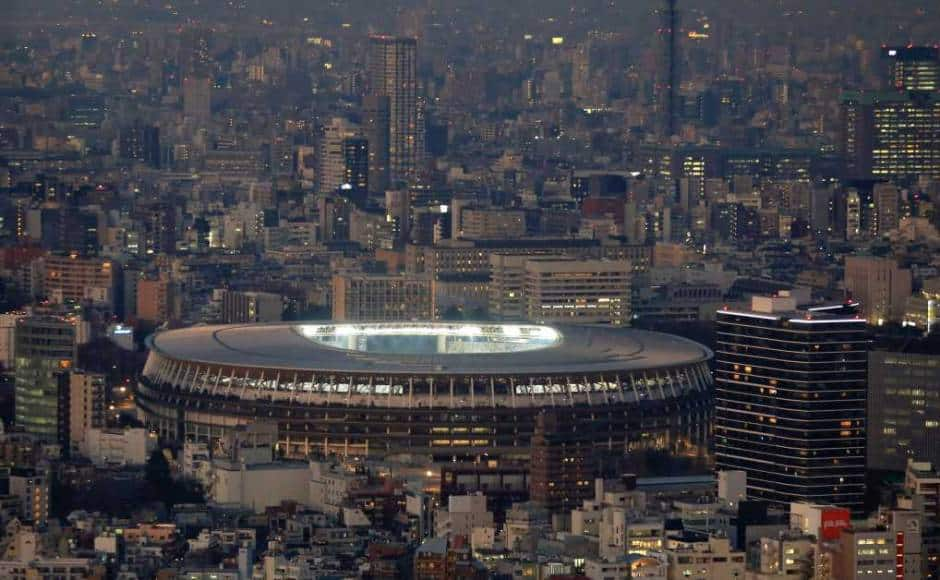 Used for the opening and closing ceremonies, as well as the athletics and some football matches, the 68,000-seater Olympic Stadium in central Tokyo has been built on the site of the 1964 stadium. AP[/caption] [caption id=“attachment_9742041” align=“alignnone” width=“940”] 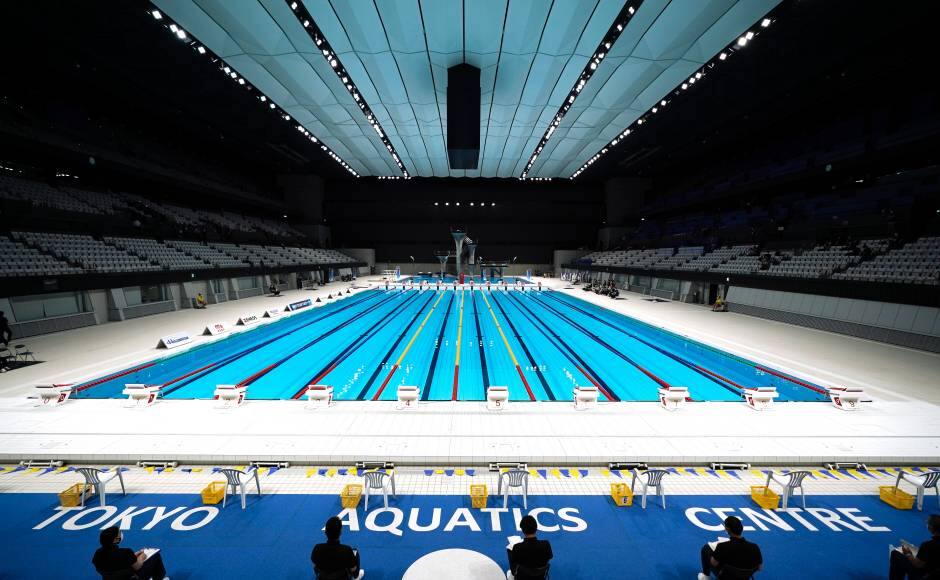 The 56.7 billion yen ($516 million) Aquatics Centre was unveiled in October 2020 after being delayed by the pandemic. The 15,000-seat venue in the Bay Zone will be used for swimming, diving and artistic swimming events. The main pool features a movable wall allowing the 50m facility to be converted into two 25m pools, with the depth also adjustable. AP[/caption] [caption id=“attachment_9742031” align=“alignnone” width=“940”] 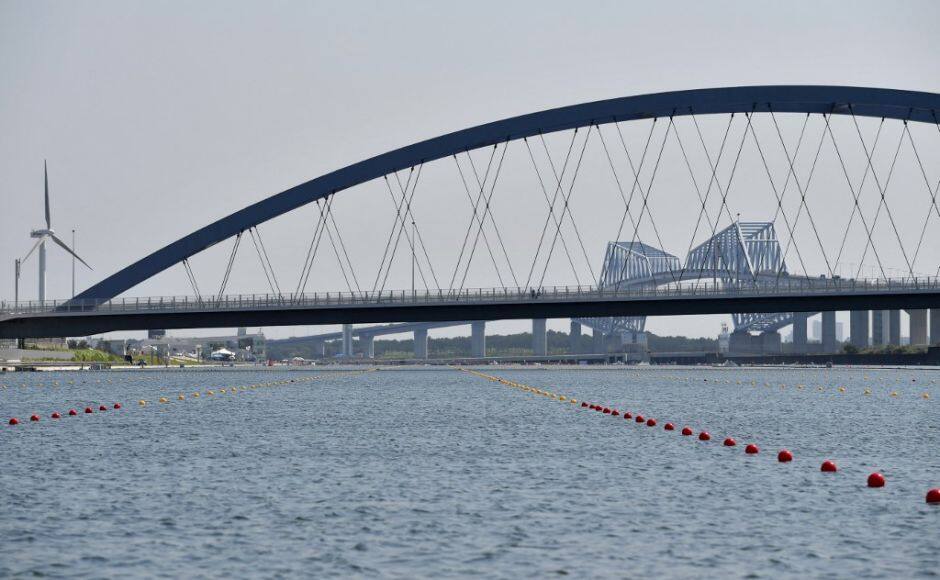 On a lush artificial island, in the shadow of the huge Tokyo Gate Bridge, sits the Sea Forest Waterway - a two-kilometre basin protected from the sea by a dam, where rowers will glide along eight competition lanes. It is build for a 24,000 seater capacity. AFP[/caption] [caption id=“attachment_9741991” align=“alignnone” width=“940”] 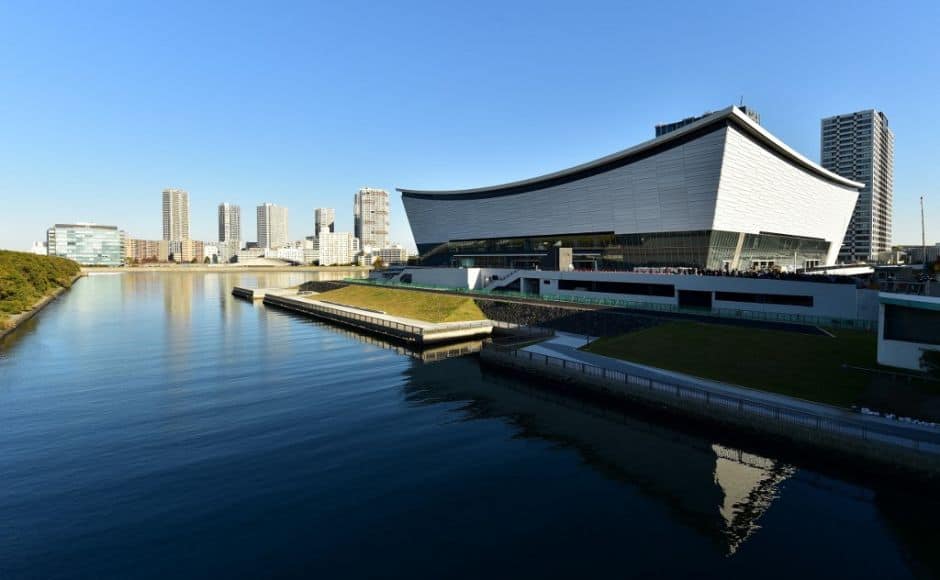 The brand-new Ariake Arena will host Olympic volleyball and Paralympic basketball, with seating for 15,000. The solar panels, heat sensors and geothermal pumps will reduce carbon dioxide emissions. The venue is earmarked for concerts and sporting events after 2020. AFP[/caption] [caption id=“attachment_9742021” align=“alignnone” width=“940”] 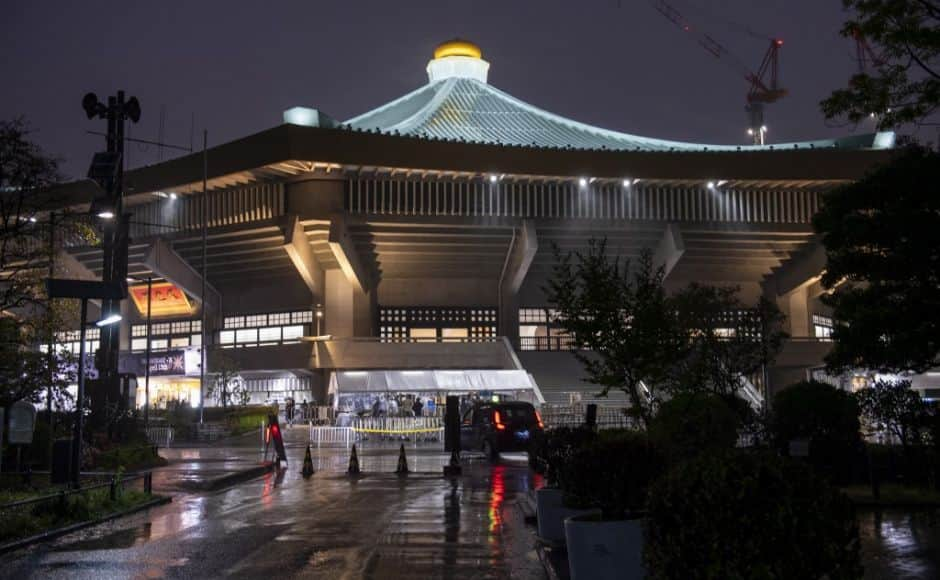 Nippon Budokan, a renowned martial arts arena, was first built for judo in 1964 and boasts a curved roof to resemble Mount Fuji. It will also host karate in 2020. It became a renowned concert venue after the 1964 Olympics and famously played host to the Beatles in 1966 when they made their first appearance in Japan. AFP[/caption] [caption id=“attachment_9742061” align=“alignnone” width=“940”] 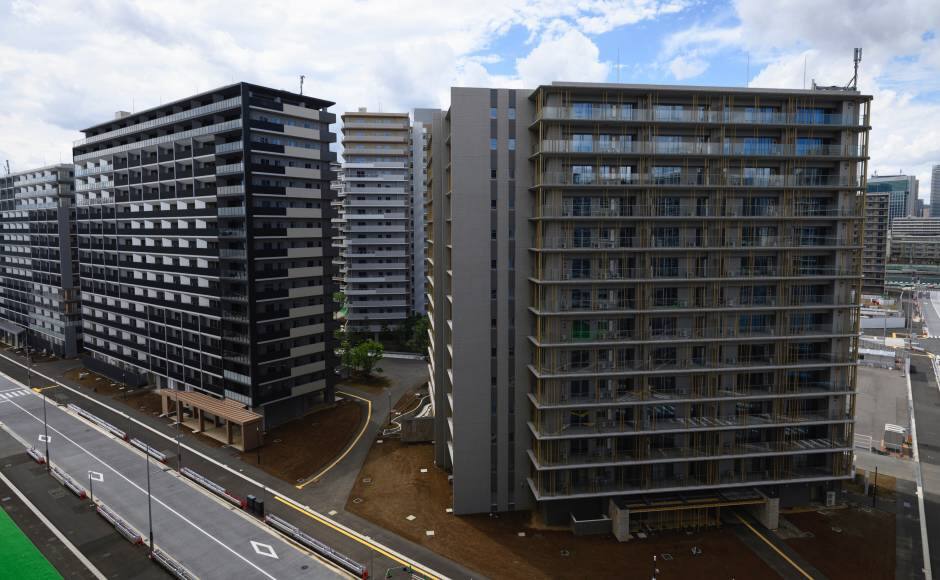 The Olympic Village, which will house athletes and officials from over 200 countries, was built on reclaimed land on a huge rectangular site looking out over the water. The 21 residential towers will have a total capacity of 18,000 beds during the Olympics and 8,000 for the Paralympics. AP[/caption] [caption id=“attachment_9742081” align=“alignnone” width=“940”] 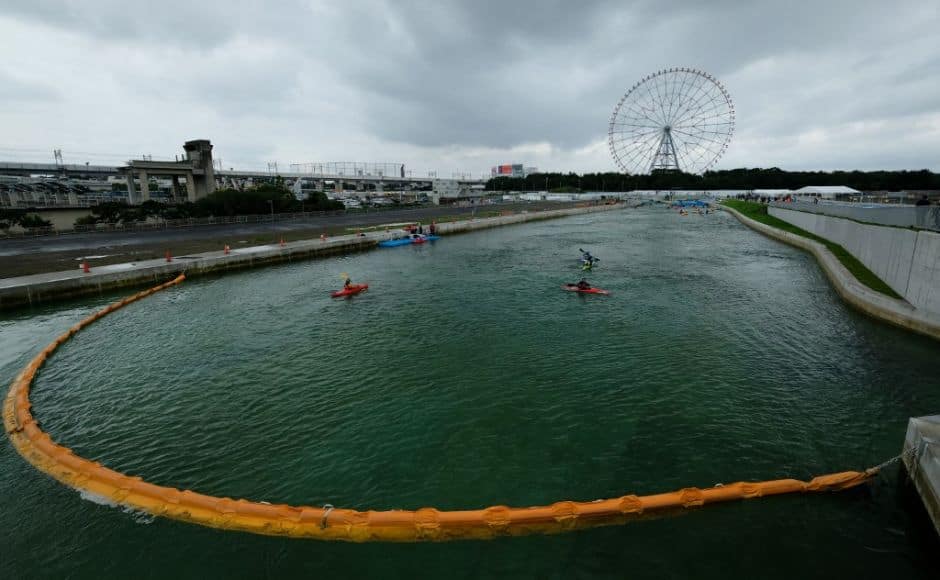 Kasai Canoe Slalom Centre is the first artificial canoe slalom course in Japan has vast concrete basins that slope at a two-degree gradient. The site is intended for a wide range of watersports and leisure activities after the Games. AFP[/caption] [caption id=“attachment_9742001” align=“alignnone” width=“940”] 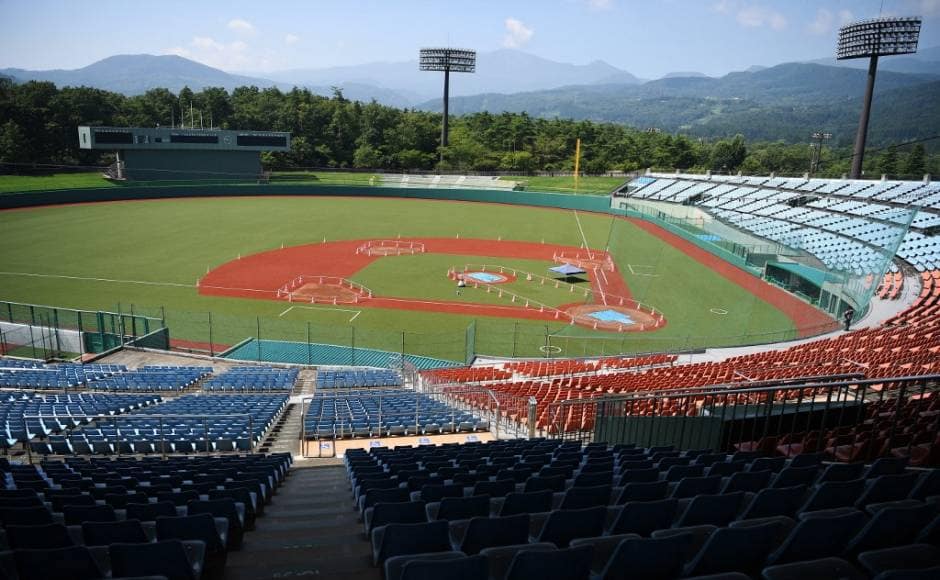 Japanese authorities have dubbed Tokyo 2020 the “Reconstruction Olympics” and they are determined to show that areas in eastern Fukushima have been revitalised since the crippling 2011 earthquake, tsunami and nuclear meltdown. Fukushima Azuma Baseball Stadium will be used for baseball, one of Japan’s most popular sports, and softball. AFP[/caption]
With one month to go until the opening ceremony, on 23 July, we take a look at the key venues.
Advertisement
End of Article


)
)
)
)
)
)
)
)
)



